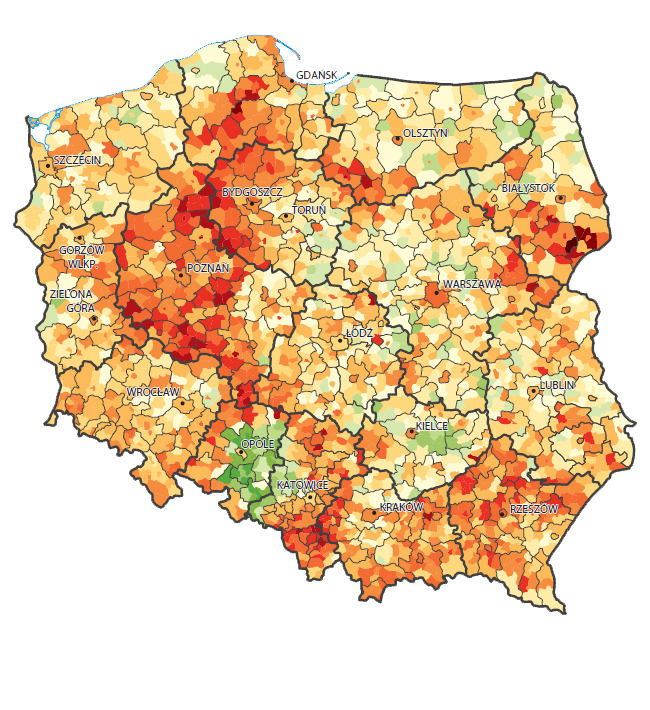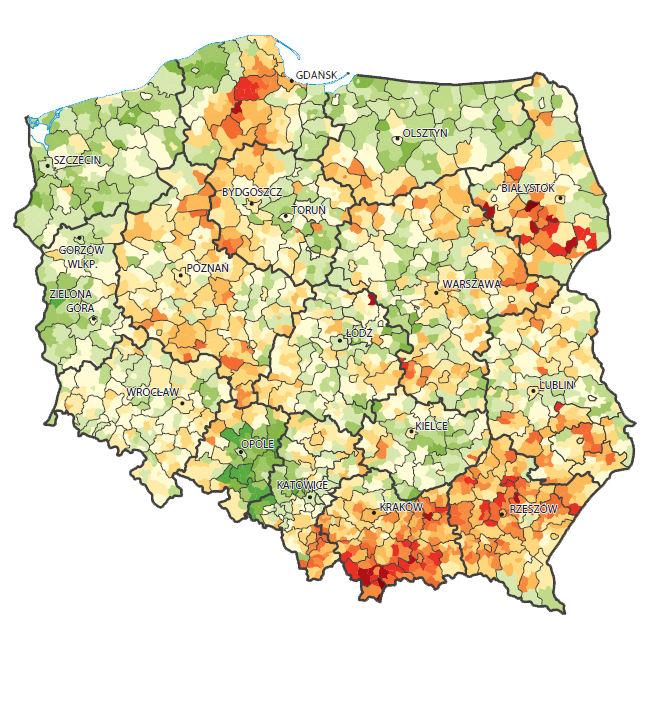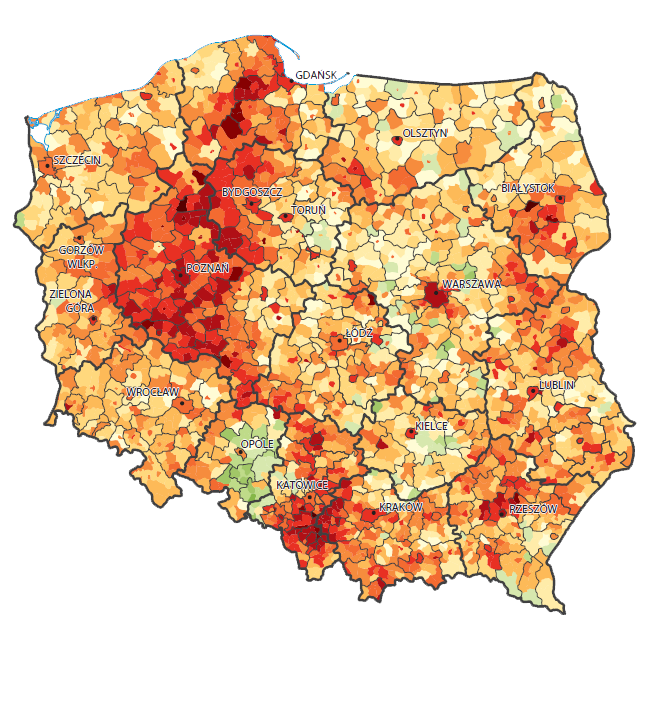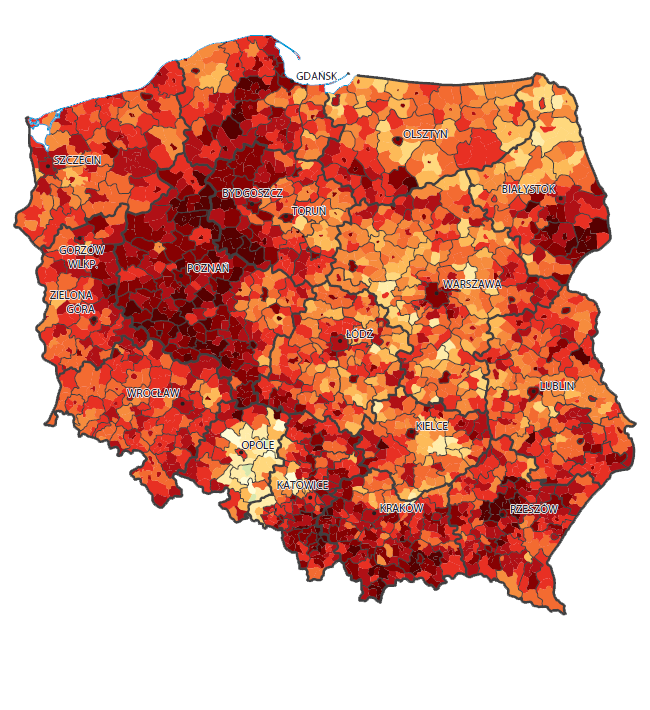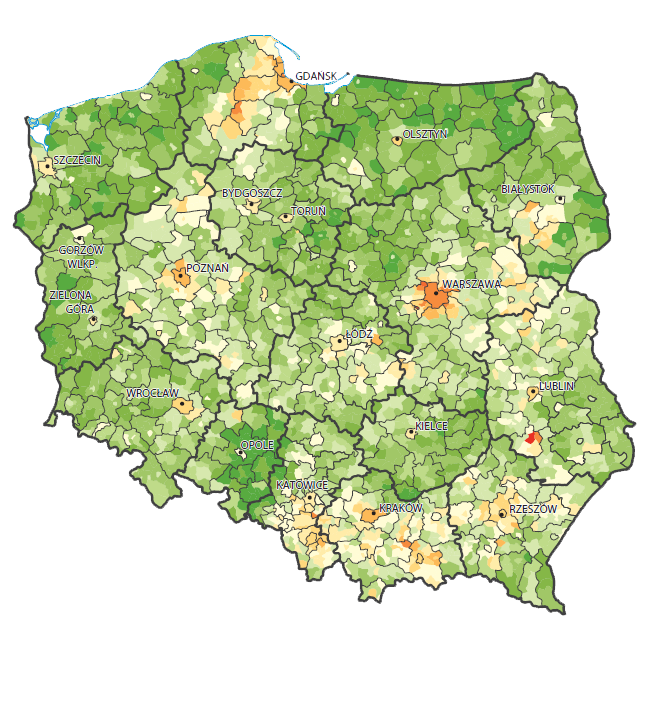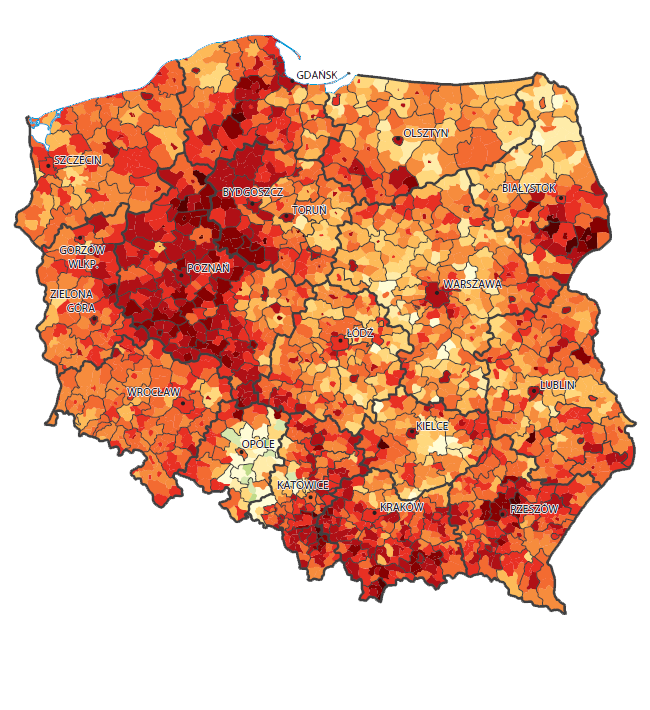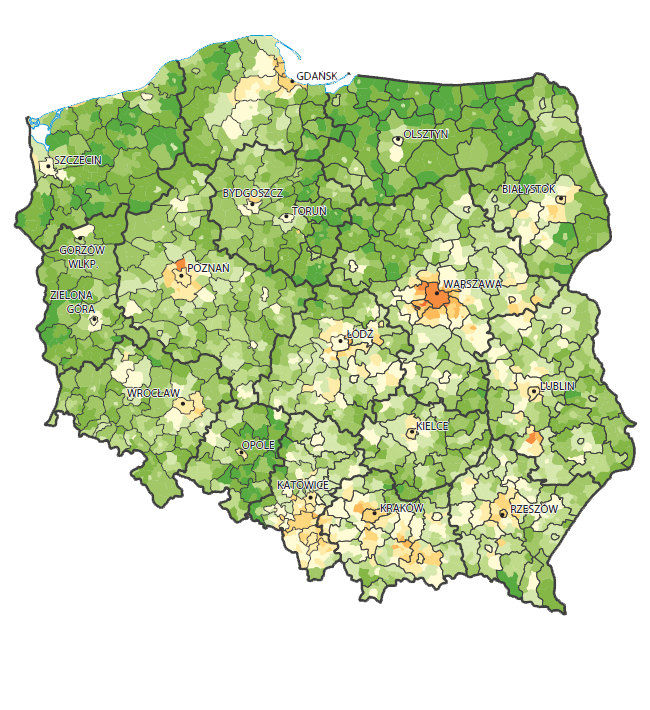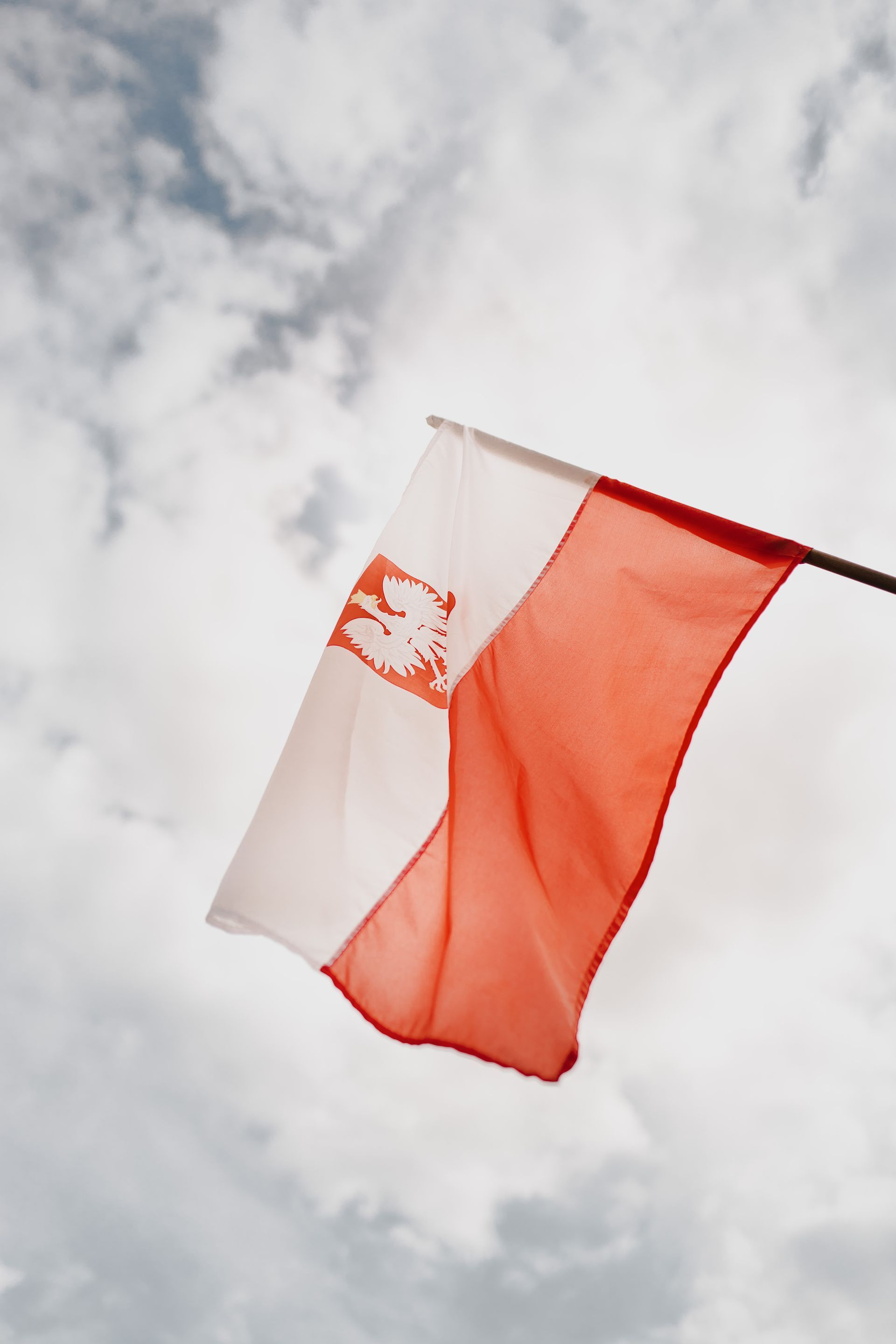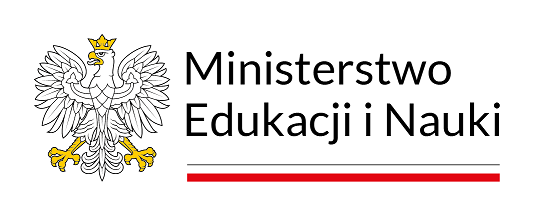What has voter turnout been like in presidential elections since 1990?
Interest in the presidential elections in Poland
Voter turnout is one of the most important indicators showing the degree of citizens' involvement in the electoral process and their interest in politics. In Poland, voter turnout during presidential elections has varied over the years. However, it is worth noting that among all types of nationwide voting, turnout during presidential elections has reached the highest values for years.
The highest turnout in presidential elections was recorded during the second round in 1995, when it exceeded 68%. In contrast, the lowest turnout was during the first round of elections in 2015, when the turnout was less than 49%. As the chart shows, from the fall of communism in Poland until 2000, turnout remained relatively similar. In the following 3 election years, it fell slightly to return to its former levels again in 2020. Comparing the turnout in the second round of elections in the two extreme years, 1990 and 2020, at the level of unified electoral districts, it can be seen that in the south of the country it remained at or above 60%, while in the other regions it increased by several percentage points.
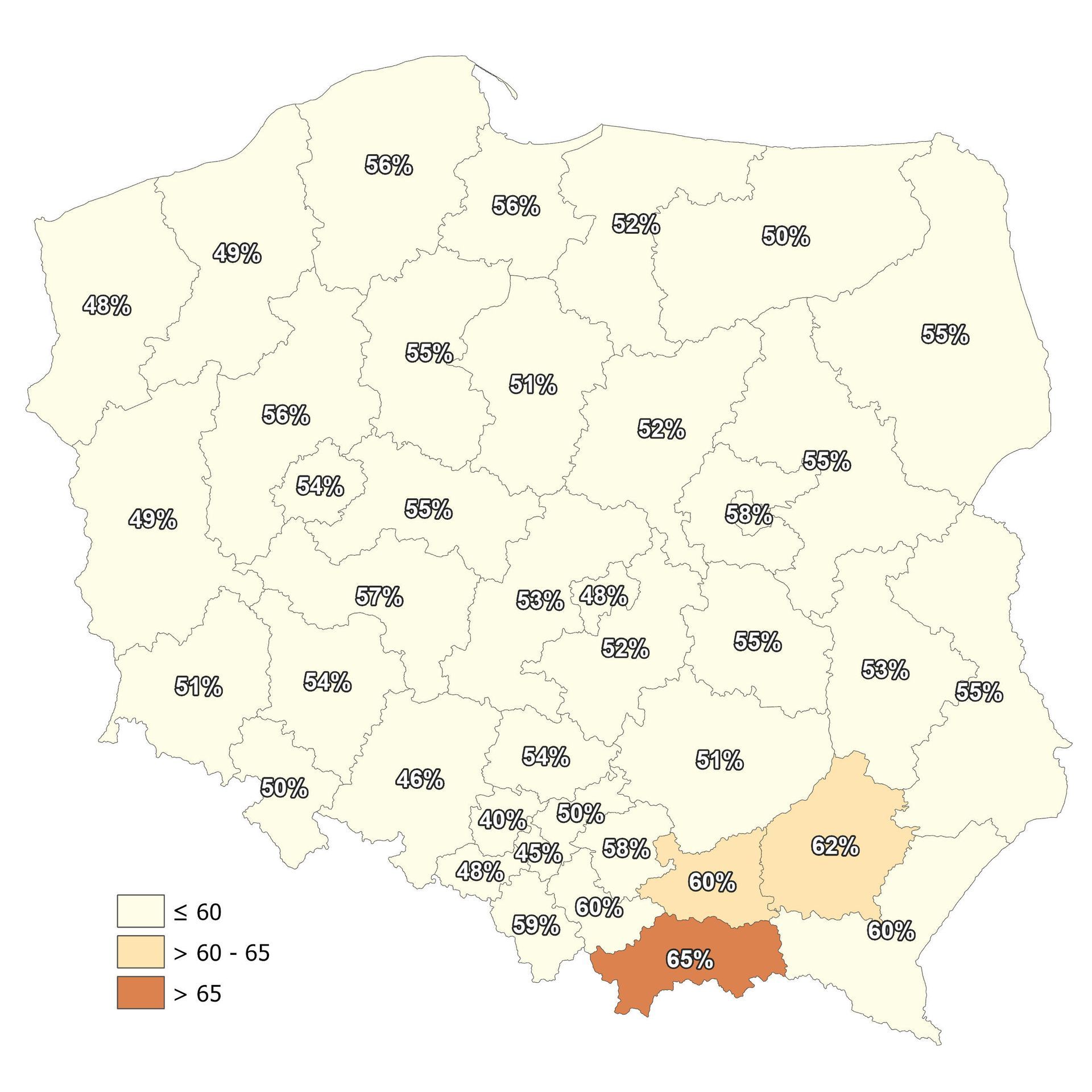
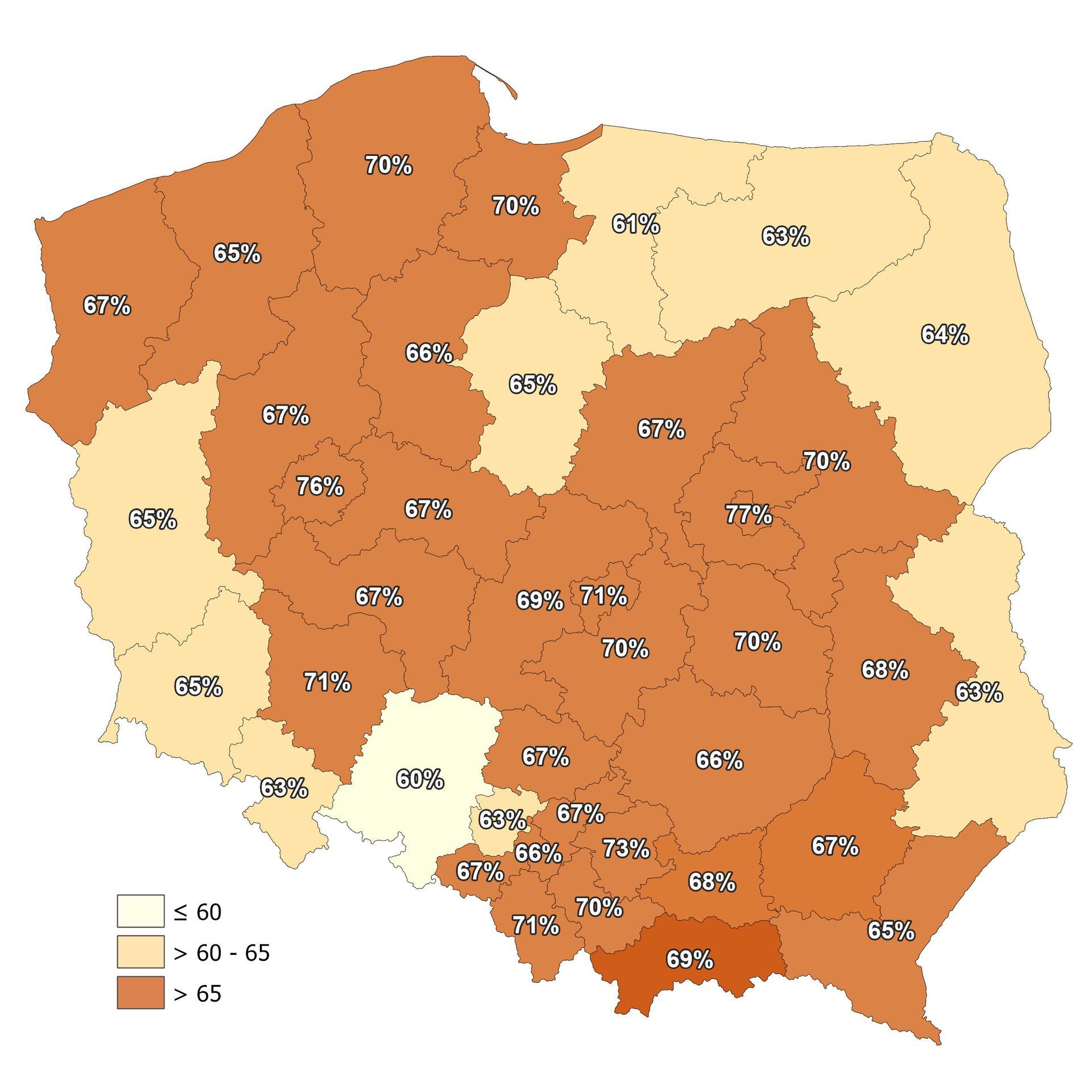
Comparison of turnout in the second round of the 1990 and 2020 presidential elections.
Spatial differentiation of voter turnout over the years
The spatial distribution of turnout looks even more interesting in Professor Przemysław Śleszyński's analysis published in the 2018 "Atlas Wyborczy Polski". It shows that the regional differentiation of this phenomenon is relatively large in our country:
"This is influenced by historical-cultural, socio-political conditions and processes of social modernisation. In the first case, a division into civilisation-cultural regions becomes apparent. Societies that are better educated, more religious and have been exercising their civic rights for longer (Galicia, the former Prussian Partition, areas of settlement of small gentry) participate more frequently in social life, as - probably - they better understand the link between individual participation and group or even national responsibility and concern for the common good. The societies of the so-called Western and Northern Territories and the former Congress Kingdom (with minor exceptions), on the other hand, have been somehow accustomed to state interventionism in historical times, and therefore have a weaker awareness of socio-political mechanisms and a greater conviction that it is the state that should bail them out of responsibility for public affairs."
The following maps are taken from the aforementioned Atlas. They show the spatial variation of turnout at municipality level. It can be seen on them that usually an elevated value of the turnout rate occurs in the area stretching from Kaszuby, through Wielkopolska towards Śląsk. It then passes eastwards through Małopolska to the eastern border. Professor Śleszyński points out that:
"The indicated area on the map resembles a slightly curved letter 'L' in shape. Interestingly, it was identified much earlier in studies on the industrialisation and socio-economic development of the country by Professor Stanisław Leszczycki (the so-called 'L' of Leszczycki) and was explained precisely by higher civic activity. On this basis, it can be concluded that the determinants of turnout are quite persistent and rooted in local communities, regardless of more general socio-political factors."

In our next blog posts we will look at other phenomena related to the spatial determinants of elections in Poland, so we encourage you to follow our social media profiles today, where we will keep you updated.



